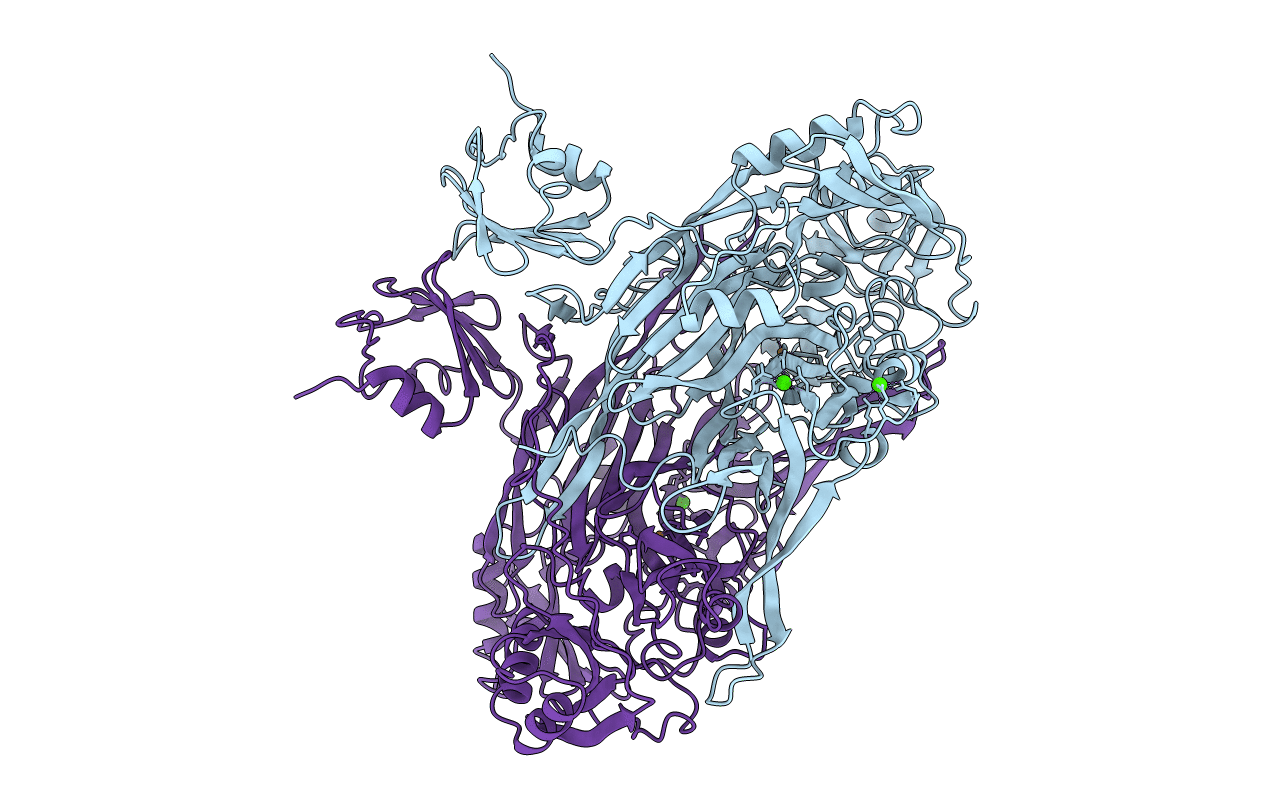
Deposition Date
1995-09-27
Release Date
1996-04-03
Last Version Date
2025-03-26
Entry Detail
PDB ID:
1OAC
Keywords:
Title:
CRYSTAL STRUCTURE OF A QUINOENZYME: COPPER AMINE OXIDASE OF ESCHERICHIA COLI AT 2 ANGSTROEMS RESOLUTION
Biological Source:
Source Organism:
Escherichia coli (Taxon ID: 562)
Method Details:
Experimental Method:
Resolution:
2.00 Å
R-Value Observed:
0.16
Space Group:
P 21 21 21


